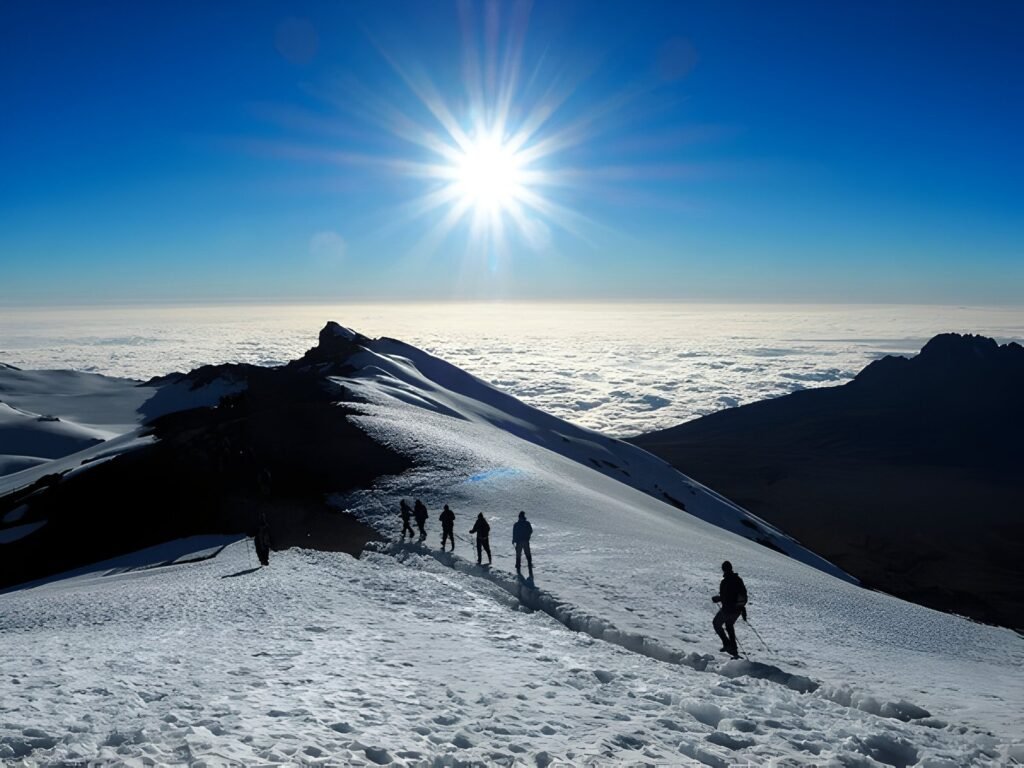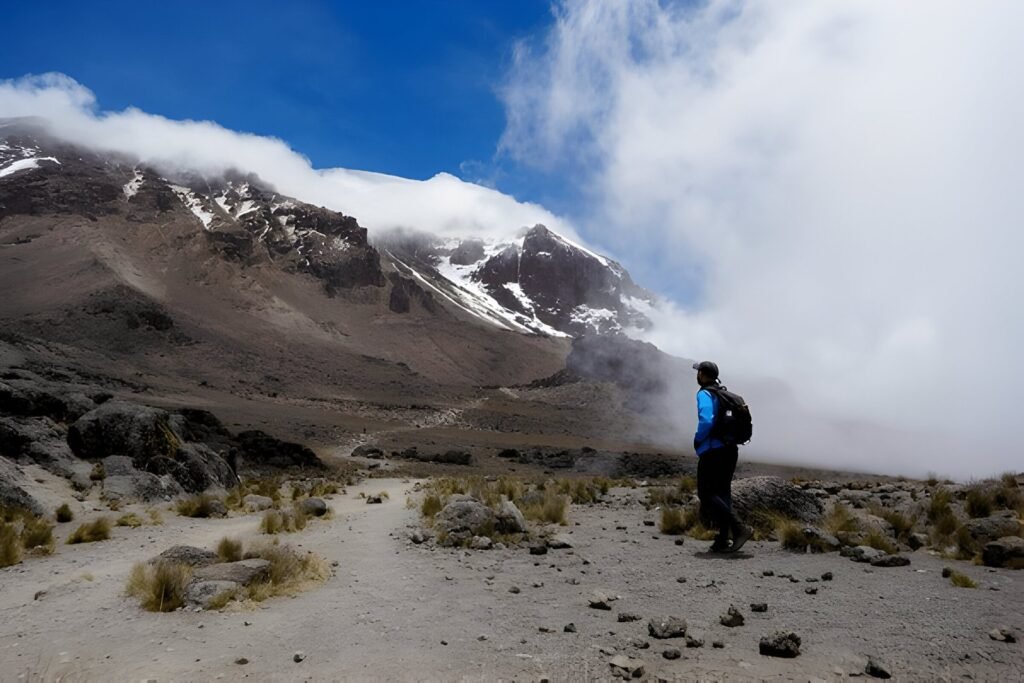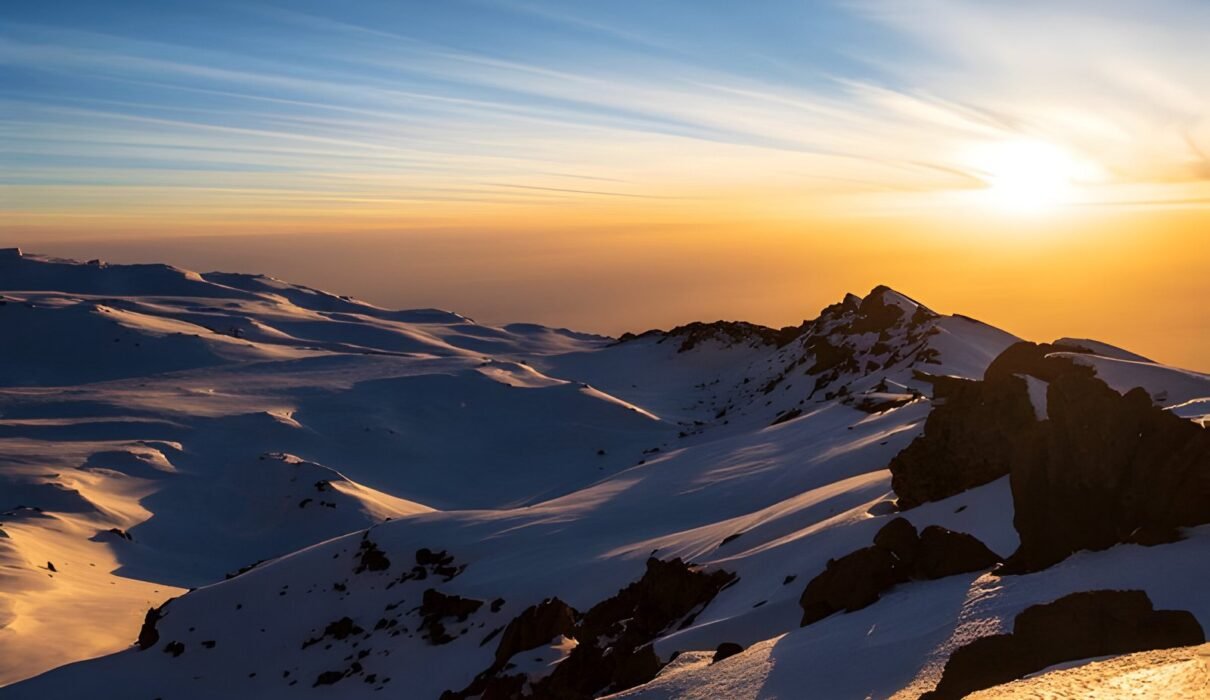Boost Your Hiking Endurance for Climbing Kilimanjaro : Climbing Mount Kilimanjaro, the highest peak in Africa, is a challenging but incredibly rewarding experience. Reaching the summit of this majestic mountain requires not only mental determination but also physical preparation. One of the key elements of success is building up your hiking endurance. Whether you’re an experienced hiker or a beginner, preparing your body for the trek will increase your chances of reaching Uhuru Peak safely and comfortably.
In this post, we’ll explore proven strategies to boost your hiking endurance so that you’re ready to take on the ultimate challenge of climbing Kilimanjaro.

Boost Your Hiking Endurance for Climbing Kilimanjaro : Start Training Early for Kilimanjaro
Preparing for Kilimanjaro should start months before your actual climb. Aim to begin your training at least 3-6 months prior to your departure. This will give you enough time to gradually build your fitness and hiking endurance.
Focus on Cardio
Cardiovascular fitness is essential for tackling the long days of hiking at high altitudes. Activities such as running, cycling, swimming, or brisk walking are excellent for improving your heart and lung capacity. Aim for at least 30-60 minutes of cardio exercises 3-4 times per week to boost your stamina.
Read about the benefits of cardio for hiking.
Incorporate Interval Training
Interval training, which involves alternating between high and low-intensity exercises, is a great way to improve your endurance quickly. For example, you can alternate between running and walking or cycling at different speeds. This method helps your body adapt to changing intensities, much like the varying terrain you’ll encounter on Kilimanjaro.
Learn more about the benefits of interval training.
Boost Your Hiking Endurance for Climbing Kilimanjaro : Build Strength and Flexibility
Hiking up steep inclines requires more than just cardiovascular fitness; it demands leg and core strength as well. Strong muscles help you maintain balance and prevent injuries, especially when carrying a daypack or dealing with uneven terrain.
Strengthen Your Legs
Focus on exercises like lunges, squats, and step-ups to build leg strength. These exercises mimic the movements you’ll be making on steep paths and help condition your muscles for the ascent.
Learn how to do the perfect squat.
Core Exercises for Stability
A strong core helps stabilize your body during the long hours of hiking. Include exercises like planks, bridges, and Russian twists to engage your core muscles and improve your stability.
Check out core exercises for better balance.
Flexibility and Stretching
Incorporate flexibility training into your routine to avoid muscle tightness and improve your range of motion. Stretch your legs, hips, and back regularly and practice yoga to enhance flexibility, balance, and breathing.
Find yoga poses that improve flexibility.
Boost Your Hiking Endurance for Climbing Kilimanjaro : Practice Hiking with a Loaded Backpack
To prepare for Kilimanjaro, it’s important to simulate the actual conditions you’ll experience on the mountain. Practice hiking with a loaded backpack to get your body used to carrying the weight. Start with a lighter pack and gradually increase the weight as you become stronger. This will also help you get used to maintaining your balance while walking uphill and downhill.
Try to do at least one long hike per week, ideally increasing the duration and intensity over time. Aim for 4-6 hour hikes with a mix of terrains to mimic the conditions on Kilimanjaro.
Learn how to pack and carry a backpack for hiking.
Boost Your Hiking Endurance for Climbing Kilimanjaro : Train at Altitude, If Possible
One of the most challenging aspects of climbing Kilimanjaro is the altitude. The oxygen levels drop significantly as you ascend, making it harder for your body to function. If you have access to high-altitude locations, train in areas that mimic Kilimanjaro’s elevation.
However, if you live at sea level, you can still prepare by using a high-altitude mask or spending time in altitude simulation chambers, which are available in some fitness centers.
Discover more about altitude training.
Boost Your Hiking Endurance for Climbing Kilimanjaro : Focus on Recovery and Rest
It’s important to allow your body to recover between training sessions. Overtraining can lead to fatigue, injuries, and burnout, so give yourself plenty of rest days. On rest days, focus on gentle activities like stretching or light walking to keep your muscles active without overworking them.
Proper nutrition and hydration are also crucial for recovery. Eat a balanced diet rich in protein, carbohydrates, and healthy fats to fuel your workouts and repair muscle tissue. Staying hydrated will ensure that your body functions optimally, especially when training at higher intensities.
Learn how to recover faster after exercise.
Boost Your Hiking Endurance for Climbing Kilimanjaro : Mental Preparation is Key
Climbing Kilimanjaro isn’t just a physical challenge; it’s a mental one, too. There will be moments during the climb when you feel exhausted or discouraged, especially on summit day. Practicing mindfulness, breathing exercises, and visualization techniques can help you stay focused and calm during difficult parts of the hike.
Consider doing meditation or deep breathing exercises to reduce stress and maintain a positive mindset throughout your training and during the climb.
Learn breathing techniques for endurance.
Boost Your Hiking Endurance for Climbing Kilimanjaro : Acclimatization on Kilimanjaro
One of the most effective ways to prevent altitude sickness and boost your endurance on Kilimanjaro is to follow the golden rule: climb high, sleep low. Many tour operators build acclimatization days into their itineraries, allowing your body to adjust to the altitude gradually. By choosing a longer trek, like the Lemosho Route or the Machame Route, you give yourself a better chance of success.
For the best trekking experience, consider working with experienced guides from Kilimanjaro Climb Specialist. They offer expert advice and tailored itineraries to help you prepare and acclimatize properly for the climb.
Read more about the importance of acclimatization.

Boost Your Hiking Endurance for Climbing Kilimanjaro : Don’t Forget Nutrition and Hydration
When climbing Kilimanjaro, your body will burn a lot of calories, so it’s essential to stay fueled throughout your trek. Bring high-energy snacks like nuts, energy bars, and dried fruits to eat along the way. Additionally, staying hydrated is critical to your endurance and overall performance, especially at higher altitudes where dehydration can set in quickly.
On the trek, aim to drink at least 3-4 liters of water per day. Consider bringing electrolyte tablets to add to your water to help replace salts lost through sweating.
Learn more about staying hydrated during high-altitude hikes.
Conclusion: Boost Your Hiking Endurance for Climbing Kilimanjaro
Building your hiking endurance for Mount Kilimanjaro takes time, effort, and a well-rounded training plan. By focusing on cardiovascular fitness, strength training, and proper acclimatization, you’ll set yourself up for a successful and enjoyable summit. Remember that mental preparation is just as important as physical readiness, and keeping a positive attitude will carry you through the tougher moments of the climb.
Ready to conquer Kilimanjaro? Book your trek with Kilimanjaro Climb Specialist or plan an exciting safari and climb combo with Eddy Tours & Safaris for the adventure of a lifetime.

